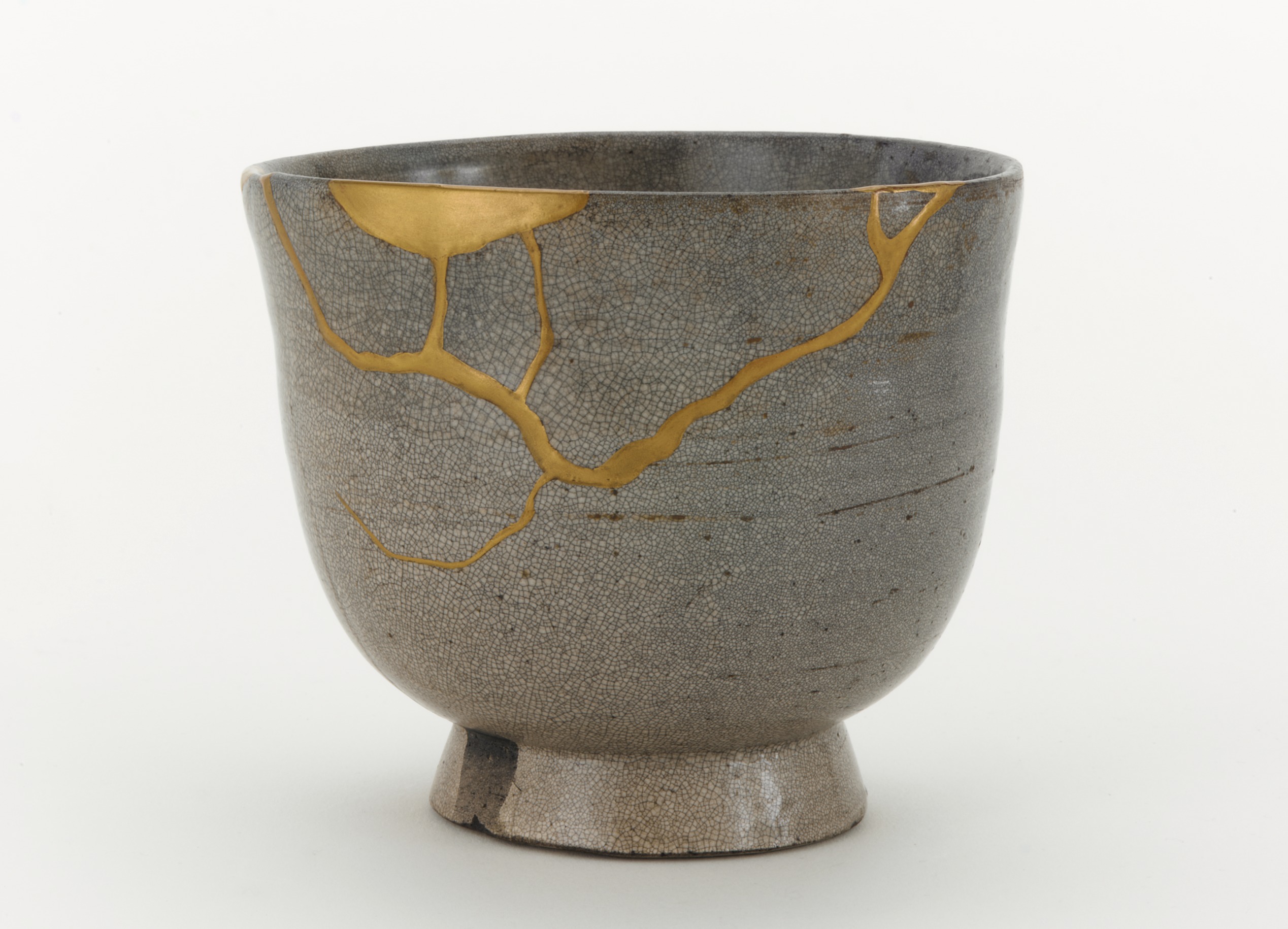Broken at some point in its past, this tea bowl in the Smithsonian’s Freer Gallery of Art was repaired with a Japanese technique known as kintsugi (golden joinery) or kintsuguroi (golden repairs). Unlike many restoration techniques that work to hide previous damage, this technique not only accepts but highlights the life of the object. The repairs were done using lacquer, a natural resin made from tree sap. Related to poison ivy, the sap is toxic when in liquid form, but once cured it is harmless. Often referred to as a natural plastic, lacquer results in a relatively water-resistant and durable repair, but requires a time-consuming, multi-step process.
Lacquer has been used to repair ceramics in Asia since prehistoric times but only started being decorated with gold several centuries ago in Japan. The exact origins of kintsugi are unknown, but it appears to have become more widespread in Japan when associated with the practice of tea in the late 16th century. Sprinkled with powdered gold, the lacquer repairs have become an integral part of the tea bowl’s appearance.



